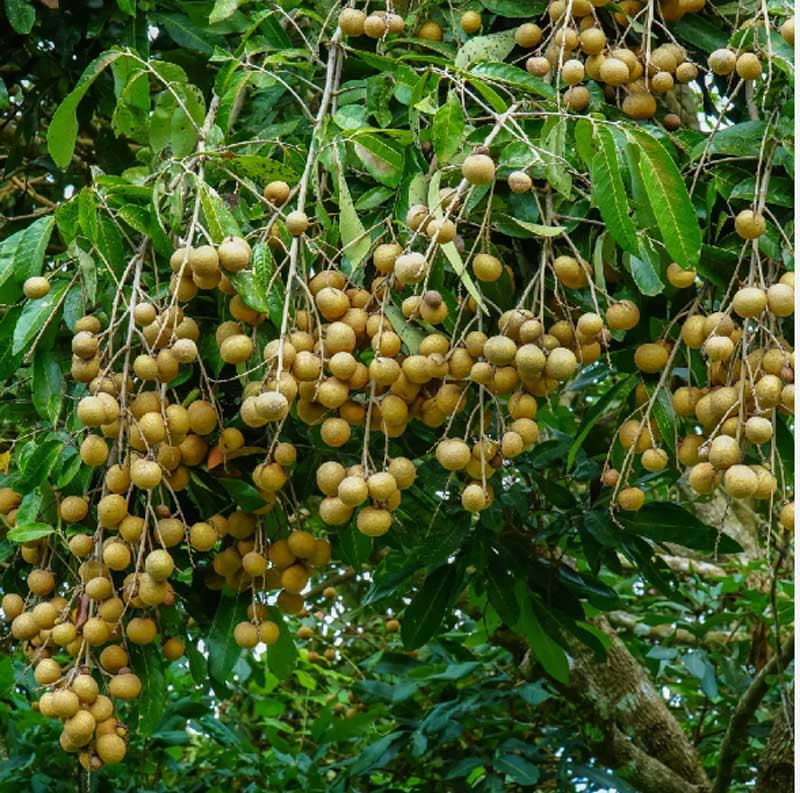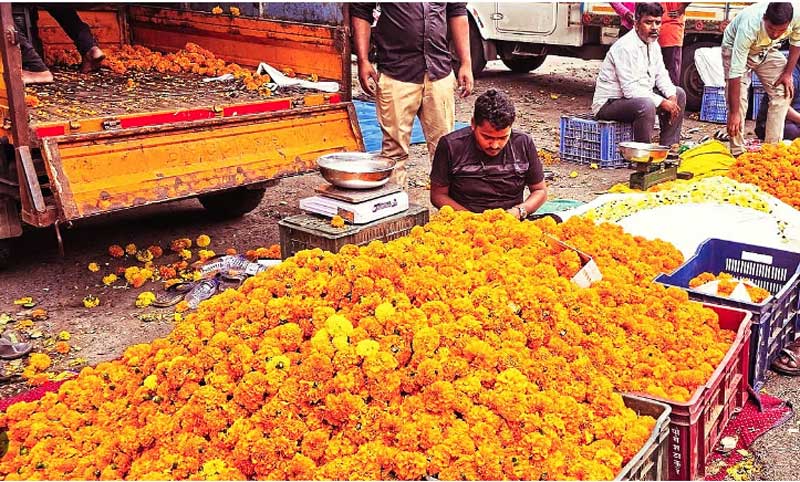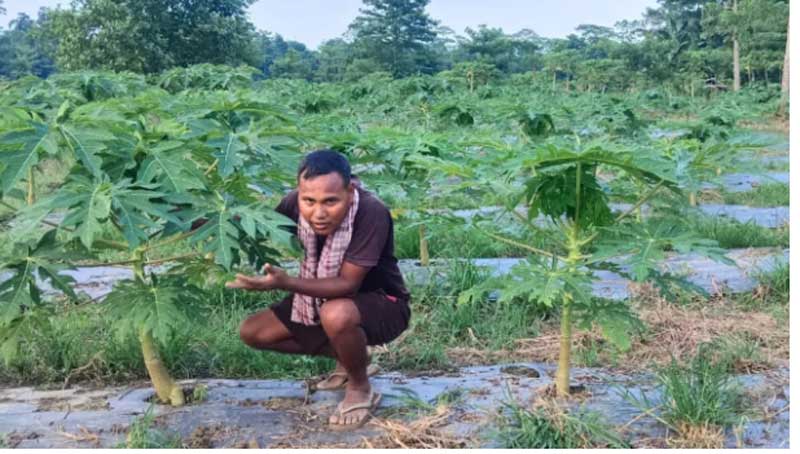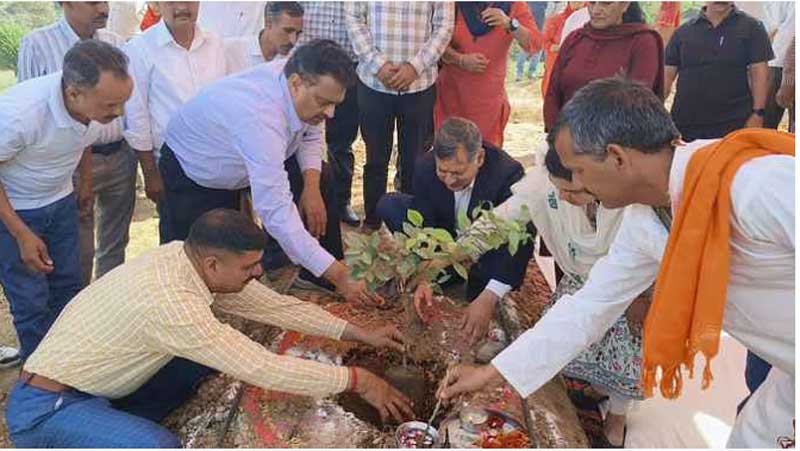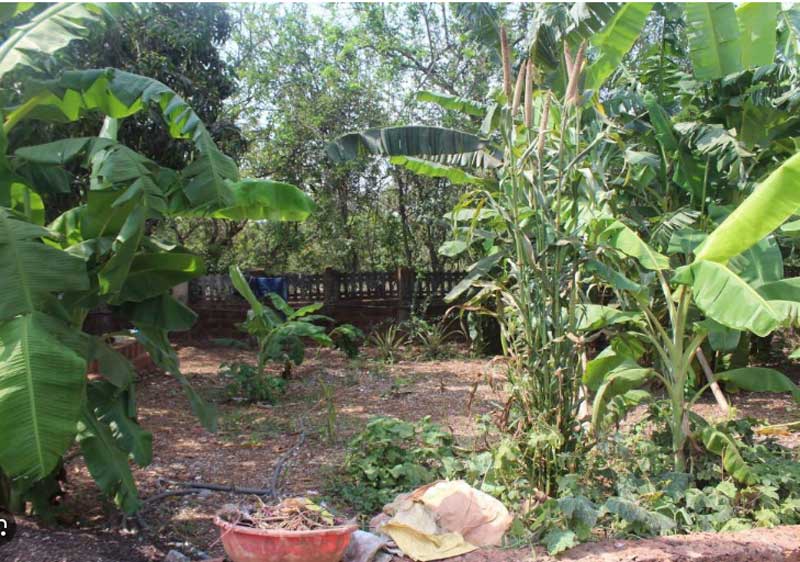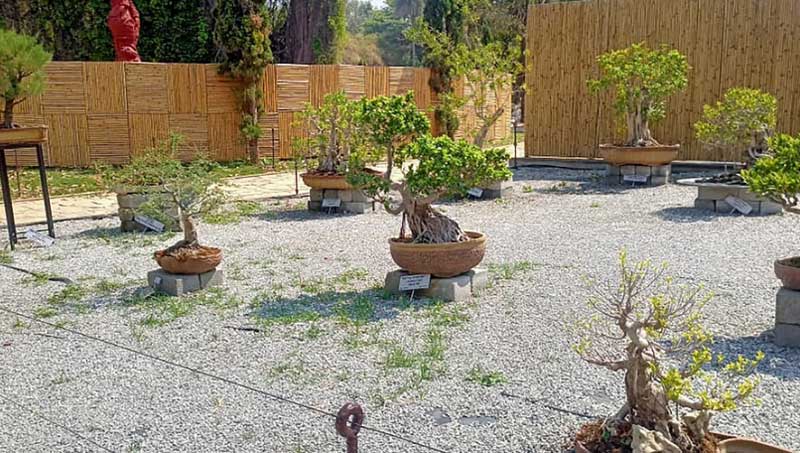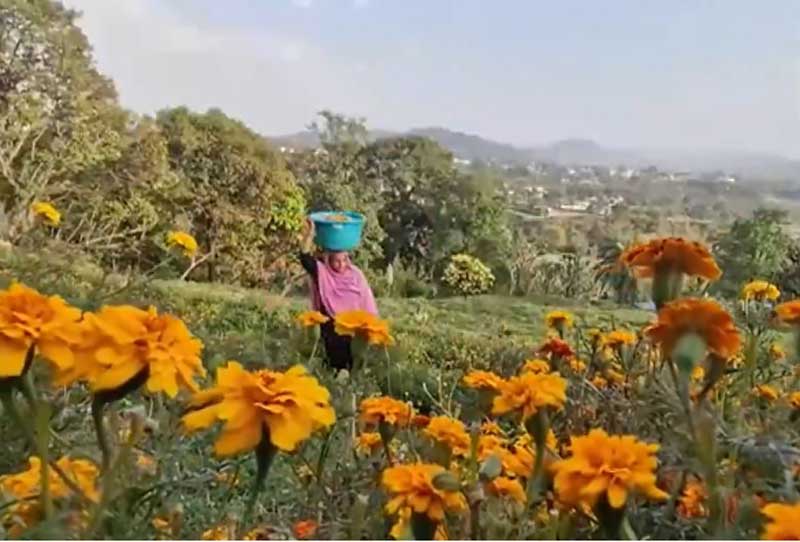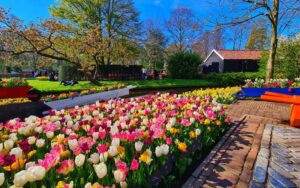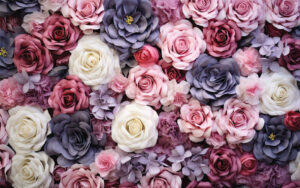Turf Grass : An upcoming avenue to flourish in floriculture trade
M.Lakshmi Kamala
Ph.D Scholar
Dr.Y.S.R Horticultural University
Dr. Ch. Sai Ratna Sharvani
Assistant Professor (Hort.), Department of Floriculture and Landscape Architecture, College of Horticulture, Venkataramannagudem, Dr.YSR Horticultural University
Dr.A.V.D. Dorajee Rao
Professor & Head, Department of Floriculture and Landscape Architecture, College of Horticulture, Venkataramannagudem, Dr.YSR Horticultural University
Dr. T. Suseela
Professor, Department of Floriculture and Landscape Architecture, College of Horticulture, Venkataramannagudem, Dr.YSR Horticultural University
Dr. P. Pranuthi
Assistant Professor (Hort.), Department of Floriculture and Landscape Architecture, College of Horticulture, Venkataramannagudem, Dr.YSR Horticultural University
Floriculture is one of the most potential components of horticulture industry, being important from aesthetic, social and economic points of view. Floriculture comprises of a number of avenues viz., cut flower and loose flower production, ornamental gardening, floral arrangements, live decorations and value addition etc. Among such diverse fields, turf grass is an upcoming avenue to flourish in floriculture trade. They are a part of larger “Green Industry”, which is regarded as a million-dollar industry as the selling price for a unit of turf is very high when compared to that or any other ornamental plant.
A lawn is an area of land of closely mowed grasses primarily for aesthetic and recreational purpose. It is composed of thousands of individual plants crowded and forced into an unnatural growth habit which gives the appearance of a beautiful green carpet amidst colorful flowers in a garden. It is basically an area of land planted with grass and other low-lying plants. Lawn can be called as turf, pitch, field or green depending upon its plantation, usage and continent.
The scientific management of lawn is known as “Turf”. The turf grasses belong to the family Poaceae which was formerly known Gramineae and there are more than 600 genera and 9000 species of which about 25 species are used for turf production.
Types of Lawn Grasses
There are several species of grasses which can be used for developing lawns. Some of these prefer warm and humid temperature while others require cool and dry weather. Selection of lawn grass depends upon its use and season of plantation. Most commonly the lawn grasses are categorized as cool season and warm season grasses on the basis of the season of foliage.

A. Warm Season Lawn Grass
Warm season lawn grasses are mostly drought tolerant grasses and some of these can survive as high as 45°C where as low temperature (-15 °C) can kill most of the warm season grasses. These requires a minimum temperature of 10°C for its growth. However, the suitable range for the temperature requirement is around 25°C-35 °C. It requires one long growing period over spring and summer and stay dormant in cooler season
B. Cool Season Lawn Grass
Cool season grasses are for temperate condition and require a minimum temperature of 5°C for its growth. The suitable temperature range for their proper growth is 10°C-25°C. These require cool summer with two growing periods of rapid growth in summer and spring. These grasses retain their color at extremely low temperature.


Turf genotypes grown at College of Horticulture, Venkataramannagudem
1.Bermuda grass (Cynodon spp.)
Bermuda grass which is also known as Doob grass is a major turf species for sport fields, lawns, parks, golf courses and general utility turfs in India, Australia, Africa, South America and the Southern region of the United States. These grasses can easily be grown from their seed.

2. Bahia grass (Paspalum notatum)
Paspalum notatum, is also known as Bahia Grass, Common Bahia or Pensacola Bahia, is a tropical to subtropical perennial grass native to Mexico and South America. It prefers sandy soils and is tolerant to shade and can survive period of drought. It involves moderate maintenance and mowing and is prone to less diseases and insect problems when compared to other warm lawn grass types.

3.Carpet grass (Axonopus spp.)
Grasses of genus Axonopus is a generally known as carpet grass. They are native to the tropical and subtropical regions of America. They are sometimes rhizomatous and many are tolerant of periodic submersion. These are warm season grasses that grow well on poor and wet soil where other grasses do not even grow. They are shallow rooted and hence do not tolerate drought condition. These are cold tolerant and are ideal for shady, damp and moist area.

4. Centipede grass (Eremochloa ophiuroides)
Centipede grass of all warm season grass types, involves least maintenance. They are uniform growing; thick sod forming and have a medium to light green coloured grass. It is a creeping perennial grass that adapts itself well to sandy and acidic soils of low fertility grade.

5. Zoysia Grass (Zoysia spp.)
It is native to Southeast Asia. The three important turf-grasses considered from this genus are: Zoysia japonica also known as Korean lawn grass; Zoysia matrella known as Manila grass; and Zoysia tenuifolia called Mascarene grass or Korean velvet grass. It is highly versatile and is ideal for golf courses, parks and athletic fields. They can be grown in all kinds of soils. Zoysia grasses are extremely drought tolerant and wear tolerant turf grasses.

6. St. Augustine grass (Stenotaphrum secundatum)
The collar is one of the special characteristics for identifying St. Augustine grass. It forms a dense turf; however, it has a very coarse textured leaf. It spread by stolons that can grow to several feet long over the soil surface, but has no rhizomes. It is susceptible to cold temperature and becomes dormant during winters. It has poor drought tolerance, therefore requires regular irrigation. It has excellent shade tolerance and can provide a relatively high-quality lawn turf.


General lawn care in summers
Fertilizer application: In the summer season, it is always advisable to keep the fertilizer use to a minimum. This is because they contain nitrogen, which, when combined with the soaring temperatures of the summers, can lead to burning up of entire lawn. As far as possible, we should go for a slow-release fertilizer, which has lower nitrogen content than the usual.
Irrigation: One of the most common mistakes that people tend to make, while taking care of their lawn in summers, comprises of inadequate watering, it is advisable to keep on watering till the time the moisture gets 15 cm into the soil.
Pest management: It has been seen that lawns become much more susceptible to fungal diseases in the summer season. Thus, it is advisable to take proper care of garden, keeping them free of fungi as well as weeds.
Mowing: In the summer season, we should always increase the height of the grass, mowing it to a height of 7.5-8.5 cm. This will help cool down the crowns of the grass and also discourage various diseases.
General lawn care in winters
Fertilizer application: In the winter months, lawn will not grow much, remaining more or less dormant. Therefore, it is advisable not to use fertilizers therein. Rather, wait for later-winters, when the temperature is a bit higher, for adding fertilizers to lawn. Still, for fertilizing purposes, the best time would comprise of late fall or early summer.

Irrigation: irrigation should be given at an interval of 3-4 weeks. As and when the grass growing more rapidly, it is advisable to increase the frequency of watering.
Mowing: With the approach of the winter season, start lowering the height of mower i.e., mowing down the grass to a shorter length; around 5.0-7.5 cm. Otherwise, lawn might become prey to winter diseases.
Weed management: Winter season present adverse condition for the growth of grass, but not weeds. In fact, weeds are known to grow faster in cold conditions. So, make sure to keep looking out for weeds and removing them before they get a chance to do any damage.

